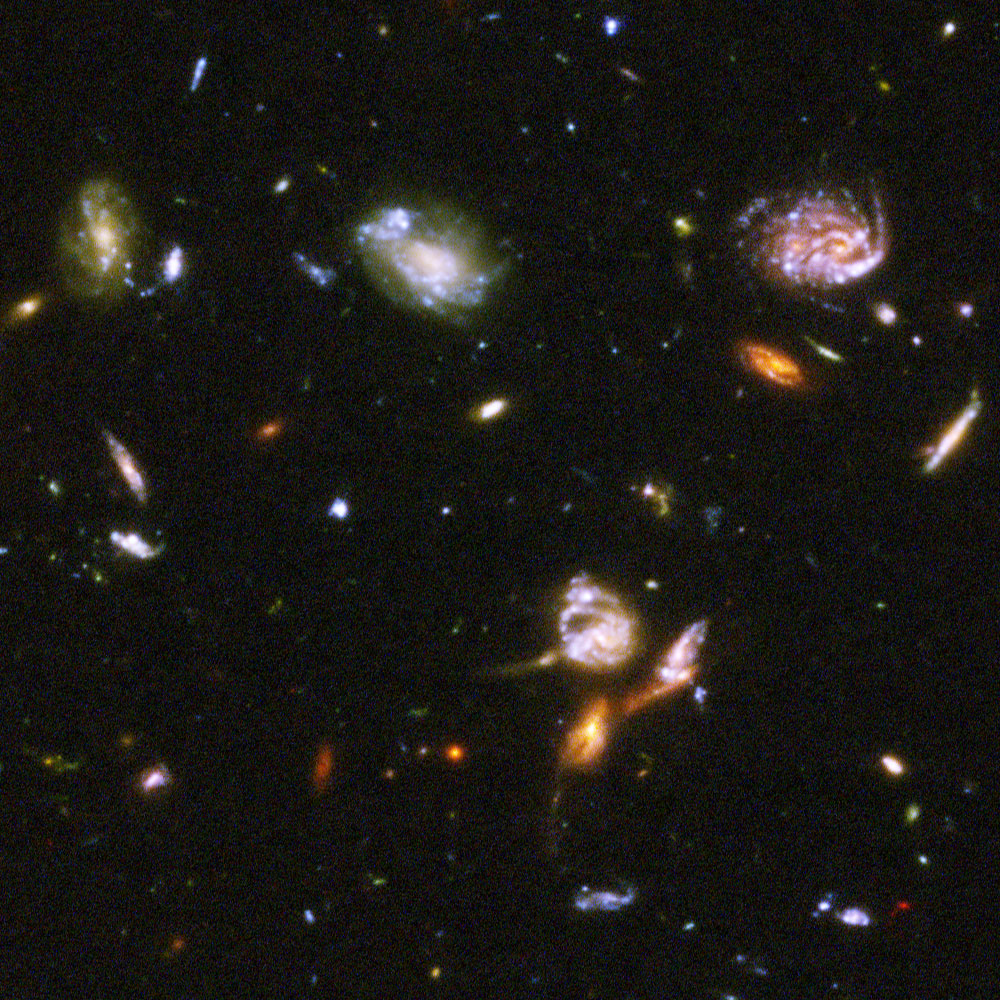Do We Have a Deal, or Not?
Litigation.
“Of course, this letter is not intended to create, nor do you or we presently have any binding legal obligation whatever in any way . . ..”
In 1991 those words played a major role in the Massachusetts Appeal Court’s reversal of a $32 million trial judgment against Federal-Mogul Corp. in the case (infamous to Massachusetts business lawyers of the time) of Schwanbeck v. Federal-Mogul. The plaintiff in that case claimed he had a deal to buy a division of Federal-Mogul, and FM had breached that agreement. While the trial court agreed (resulting in the $32 million judgment), the Appeals Court reversed, in part on the language quoted above.
That case was an object lesson to attorneys in our firm involved in M&A transactions that it was essential to include “no legal obligation” language in every transaction, unless and until our client was prepared to be legally bound. An article that I wrote in 1991 discussing this case in more detail is linked here.
However, this problem is not limited to contracts – it arises surprisingly often in settlement discussions in litigation. Not too long ago our firm had a case in which the attorneys for the other side insisted that a verbal conversation with an attorney in our firm, followed by a confirmatory letter that outlined a settlement at a high level of generality, was enough to result in a settlement binding on our client. After months of depositions, days of arbitration, and well over a million dollars in legal fees on both sides, an arbitrator ruled that the agreement was not binding on our client, leading to even more litigation and, ultimately, a favorable settlement for our client.
Another permutation of this legal trap is illustrated in a recent decision by Superior Court Judge Allan van Gestel in the case Targus Group Int’l v. Sherman. There, following a private and nonbinding mediation, the parties entered into a written and signed “Agreement in Principle,” setting out settlement terms. The Agreement did call for “execution and exchange of final settlement documents and mutual releases in a form satisfactory to counsel ….,” but did not contain “no legal obligation” language.
The settlement faltered as the parties tried to negotiate final settlement documents, and the parties ended up in court, with Targus arguing the Agreement in Principle was binding on Sherman.
The result? Judge van Gestel granted summary judgment for Targus, holding that the Agreement in Principle contained all the essential terms and therefore was binding.
Practice pointer: unless you intend to be bound, always, always, include language to the effect that there is no binding agreement until a final agreement is reached. Calling a settlement agreement an agreement “in principle” and making it subject to a later agreement satisfactory to counsel is not enough to guarantee avoiding the result in the Targus case. Although this should be obvious to most experienced lawyers, its surprising how many lawyers miss this simple point. In my office I have an easy way avoid this result: whenever settlement negotiations begin I send an email to opposing counsel, stating that we have no deal until we have a final settlement agreement, approved and signed by the clients. Opposing counsel inevitably writes back agreeing, and the risk of having an agreement forced on my client is avoided.


